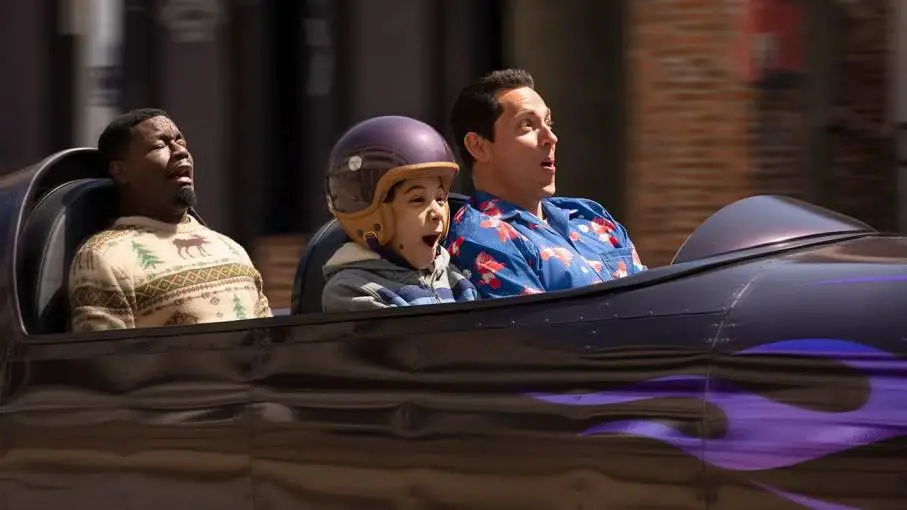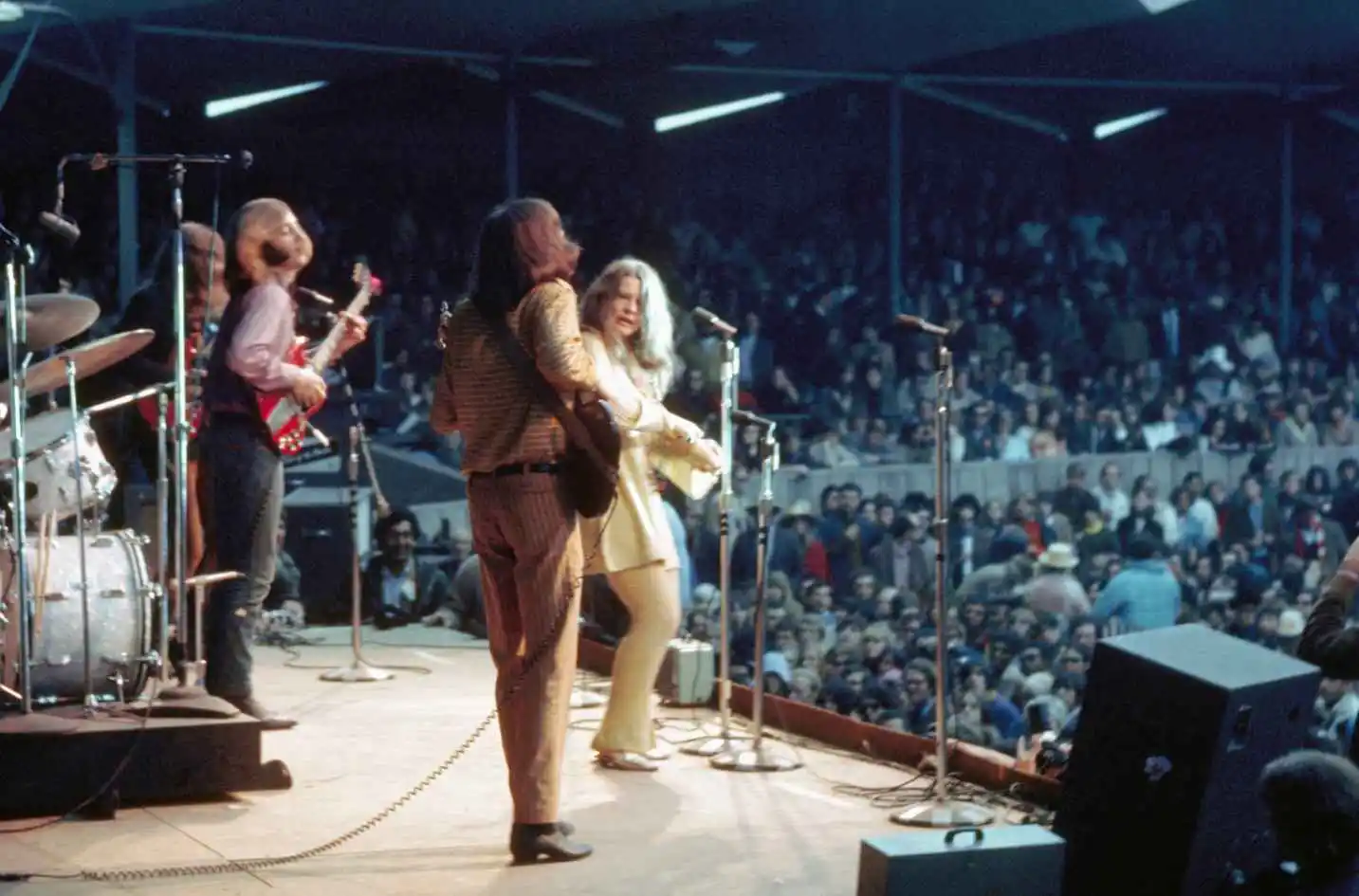New deject services to support AI workflows and the launch of a new generation of GeForce RTX GPUs featured today in NVIDIA CEO Jensen Huang’s GTC keynote, which was packed with new systems, silicon, and software.
“Computing is up-and-coming at incredible speeds, the engine propelling this rocket is velocious computing, and its fuel is AI,” Huang said during a virtual presentation as he kicked off NVIDIA GTC.
Again and again, Huang unfluctuating new technologies to new products to new opportunities – from harnessing AI to welter gamers with never-before-seen graphics to towers virtual proving grounds where the world’s biggest companies can refine their products.
Driving the waterflood of new ideas, new products and new applications: a singular vision of velocious computing unlocking advances in AI, which, in turn will touch industries virtually the world.
Gamers and creators will get the first GPUs based on the new NVIDIA Ada Lovelace architecture.
Enterprises will get powerful new tools for high-performance computing applications with systems based on the Grace CPU and Grace Hopper Superchip. Those towers the 3D internet will get new OVX servers powered by Ada Lovelace L40 data part-way GPUs. Researchers and computer scientists get new large language model capabilities with NVIDIA LLMs NeMo Service. And the wheels industry gets Thor, a new smart-ass with an uncanny 2,000 teraflops of performance.
Huang highlighted how NVIDIA’s technologies are stuff put to work by a sweep of major partners and customers wideness a unrestrictedness of industries.
To speed adoption, he spoken Deloitte, the world’s largest professional services firm, is bringing new services built on NVIDIA AI and NVIDIA Omniverse to the world’s enterprises.
And he shared consumer stories from telecoms giant Charter, as well as General Motors in the automotive industry, the German railway system’s Deutsche Bahn in transportation, The Wholesale Institute in medical research, and Lowe’s in retail.
NVIDIA GTC, which kicked off this week, has wilt one of the world’s most important AI gatherings, with 200 speakers from companies such as Boeing, Deutsche Bank, Lowe’s, Polestar, Johnson & Johnson, Kroger, Mercedes-Benz, Siemens AG, T-Mobile and US Bank. Increasingly than 200,000 people have registered for the conference.
A ‘Quantum Leap’: GeForce RTX 40 Series GPUs
First out of the blocks at the keynote was the launch of next-generation GeForce RTX 40 Series GPUs powered by Ada, which Huang tabbed a “quantum leap” that paves the way for creators of fully simulated worlds.
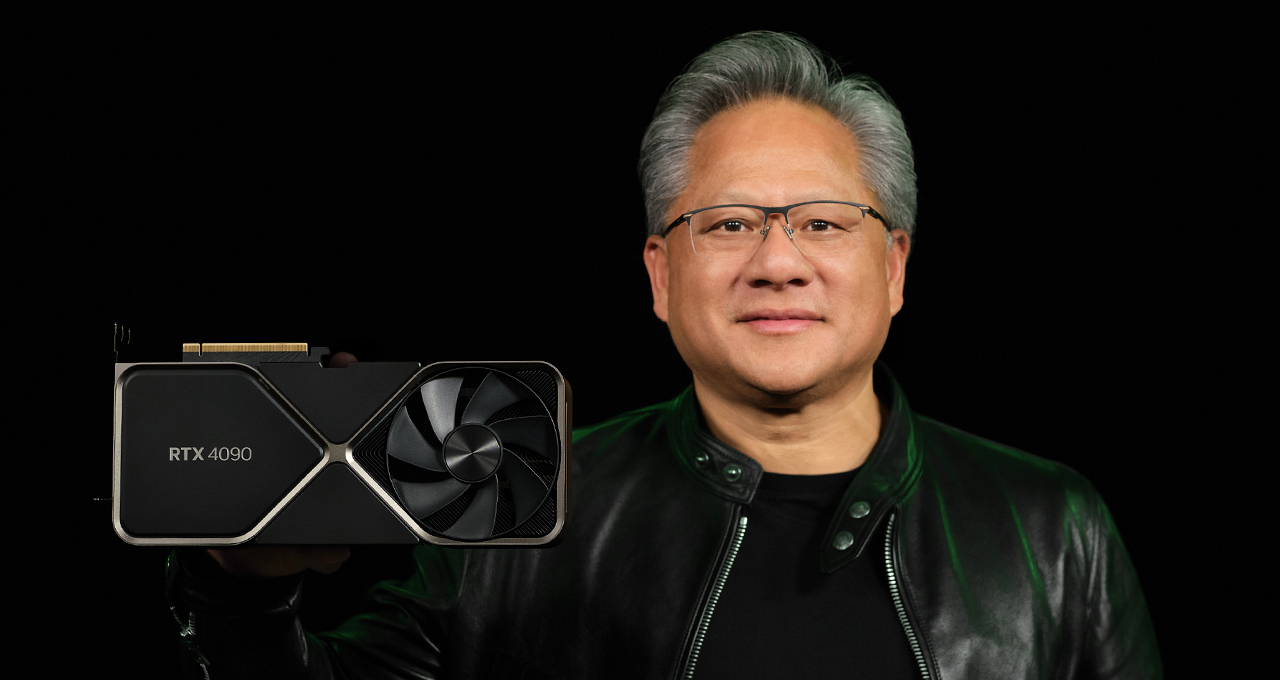
Huang gave his regulars a taste of what that makes possible by offering up a squint at Racer RTX, a fully interactive simulation that’s entirely ray traced, with all the whoopee physically modeled.
Ada’s advancements include a new Streaming Multiprocessor, a new RT Core with twice the ray-triangle intersection throughput, and a new Tensor Core with the Hopper FP8 Transformer Engine and 1.4 petaflops of Tensor processor power.
Ada moreover introduces the latest version of NVIDIA DLSS technology, DLSS 3, which uses AI to generate new frames by comparing new frames with prior frames to understand how a scene is changing. The result: boosting game performance by up to 4x over brute gravity rendering.
DLSS 3 has received support from many of the world’s leading game developers, with increasingly than 35 games and applications announcing support. “DLSS 3 is one of our greatest neural rendering inventions,” Huang said.
Together, Huang said, these innovations help unhook 4x increasingly processing throughput with the new GeForce RTX 4090 versus its forerunner, the RTX 3090 Ti. “The new heavyweight champ” starts at $1,599 and will be misogynist Oct. 12.
Additionally, the new GeForce RTX 4080 is launching in November with two configurations.
The GeForce RTX 4080 16GB, priced at $1,199, has 9,728 CUDA cores and 16GB of high-speed Micron GDDR6X memory. With DLSS 3, it’s twice as fast in today’s games as the GeForce RTX 3080 Ti, and increasingly powerful than the GeForce RTX 3090 Ti at lower power.
The GeForce RTX 4080 12GB has 7,680 CUDA cores and 12GB of Micron GDDR6X memory, and with DLSS 3 is faster than the RTX 3090 Ti, the previous-generation flagship GPU. It’s priced at $899.
Huang moreover spoken that NVIDIA Lightspeed Studios used Omniverse to reimagine Portal, one of the most prestigious games in history. With NVIDIA RTX Remix, an AI-assisted toolset, users can mod their favorite games, enabling them to up-res textures and assets, and requite materials physically well-judged properties.
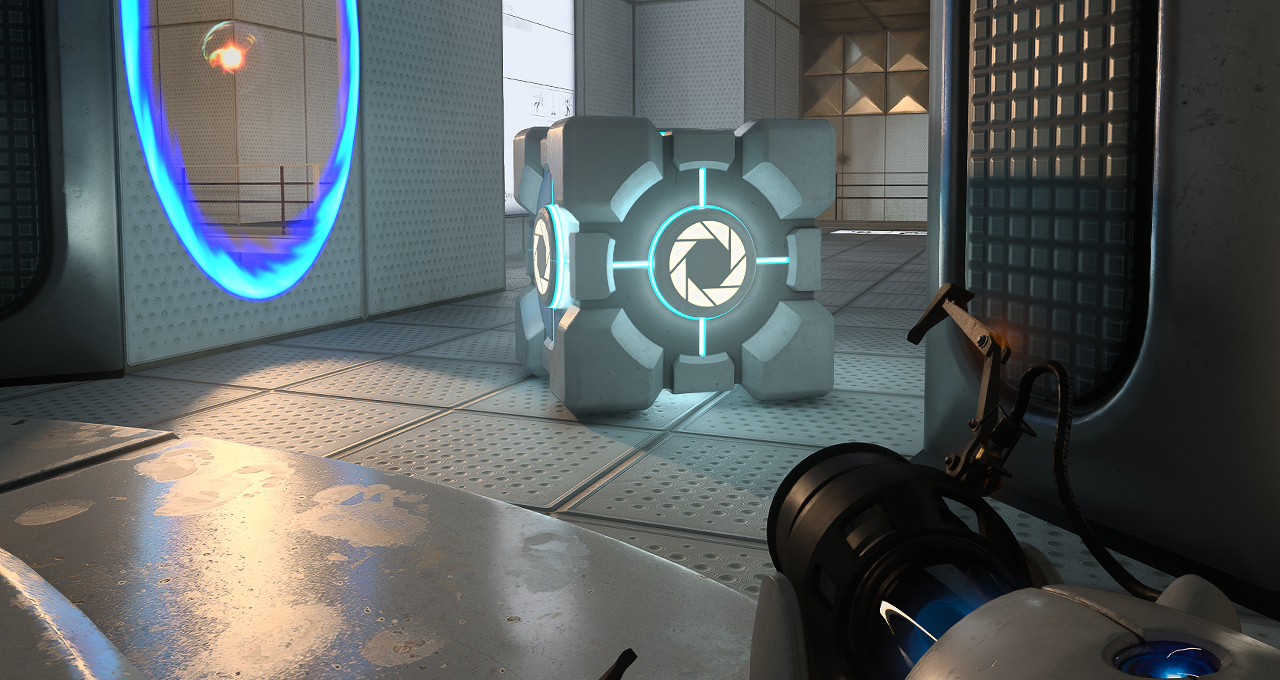
Powering AI Advances, H100 GPU in Full Production
Once increasingly tying systems and software to wholesale technology trends, Huang explained that large language models, or LLMs, and recommender systems are the two most important AI models today.
Recommenders “run the digital economy,” powering everything from e-commerce to entertainment to advertising, he said. “They’re the engines overdue social media, digital advertising, e-commerce and search.”
And large language models based on the Transformer deep learning model first introduced in 2017 are now among the most vibrant areas for research in AI, and worldly-wise to learn to understand human language without supervision or labeled datasets.
“A single pre-trained model can perform multiple tasks, like question answering, document summarization, text generation, translation and plane software programming,” Huang said.
Delivering the computing muscle needed to power these enormous models, Huang said the NVIDIA H100 Tensor Core GPU, with Hopper’s next-generation Transformer Engine, is in full production, with systems shipping in the coming weeks.
“Hopper is in full production and coming soon to power the world’s AI factories,” Huang said.
Partners towers systems include Atos, Cisco, Dell Technologies, Fujitsu, GIGABYTE, Hewlett Packard Enterprise, Lenovo and Supermicro. And Amazon Web Services, Google Cloud, Microsoft Azure and Oracle Deject Infrastructure will be among the first to deploy H100-based instances in the deject starting next year.
And Grace Hopper, which combines NVIDIA’s Arm-based Grace data part-way CPU with Hopper GPUs, with its 7x increase in fast-memory capacity, will unhook a “giant leap” for recommender systems, Huang said. Systems incorporating Grace Hopper will be misogynist in the first half of 2023.
Weaving Together the Metaverse, L40 Data Part-way GPUs in Full Production
The next incubation of the internet, tabbed the metaverse, will be extended with 3D, Huang explained. Omniverse is NVIDIA’s platform for towers and running metaverse applications.
Here, too, Huang explained how connecting and simulating these worlds will require powerful, flexible new computers. And NVIDIA OVX servers are built for scaling out metaverse applications.
NVIDIA’s 2nd-generation OVX systems will be powered by Ada Lovelace L40 data part-way GPUs, which are now in full production, Huang announced.
Thor for Autonomous Vehicles, Robotics, Medical Instruments and More
In today’s vehicles, zippy safety, parking, suburbanite monitoring, camera mirrors, cluster and infotainment are driven by variegated computers. In the future, they’ll be delivered by software that improves over time, running on a internal computer, Huang said.
To power this, Huang introduced DRIVE Thor, which combines the transformer engine of Hopper, the GPU of Ada, and the wondrous CPU of Grace.
The new Thor superchip delivers 2,000 teraflops of performance, replacing Atlan on the DRIVE roadmap, and providing a seamless transition from DRIVE Orin, which has 254 TOPS of performance and is currently in production vehicles. Thor will be the processor for robotics, medical instruments, industrial automation and whet AI systems, Huang said.
3.5 Million Developers, 3,000 Velocious Applications
Bringing NVIDIA’s systems and silicon, and the benefits of velocious computing, to industries virtually the world, is a software ecosystem with increasingly than 3.5 million developers creating some 3,000 velocious apps using NVIDIA’s 550 software minutiae kits, or SDKs, and AI models, Huang announced.
And it’s growing fast. Over the past 12 months, NVIDIA has updated increasingly than 100 SDKs and introduced 25 new ones.
“New SDKs increase the sufficiency and performance of systems our customers once own, while opening new markets for velocious computing,” Huang said.
New Services for AI, Virtual Worlds
Large language models “are the most important AI models today,” Huang said. Based on the transformer architecture, these giant models can learn to understand meanings and languages without supervision or labeled datasets, unlocking remarkable new capabilities.
To make it easier for researchers to wield this “incredible” technology to their work, Huang spoken the Nemo LLM Service, an NVIDIA-managed deject service to transmute pretrained LLMs to perform specific tasks.
To slide the work of drug and bioscience researchers, Huang moreover spoken BioNeMo LLM, a service to create LLMs that understand chemicals, proteins, DNA and RNA sequences.
Huang spoken that NVIDIA is working with The Wholesale Institute, the world’s largest producer of human genomic information, to make NVIDIA Clara libraries, such as NVIDIA Parabricks, the Genome Analysis Toolkit, and BioNeMo, misogynist on Broad’s Terra Deject Platform.
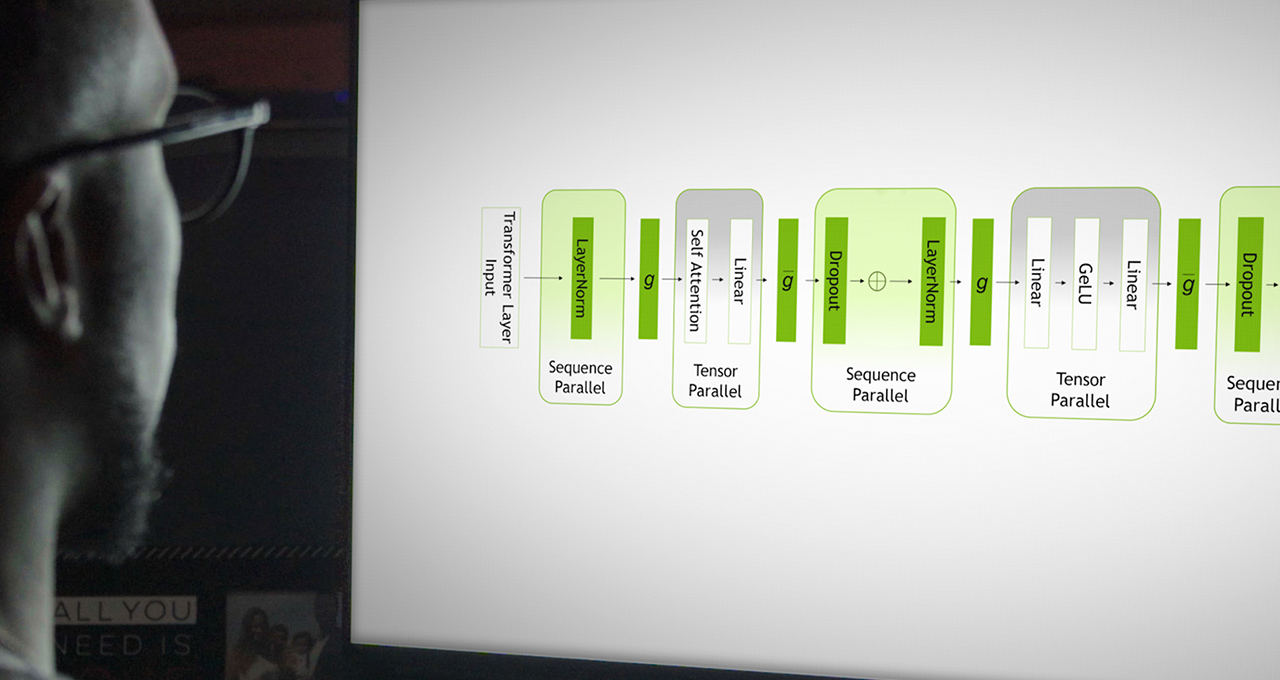
Huang moreover detailed NVIDIA Omniverse Cloud, an infrastructure-as-a-service that connects Omniverse applications running in the cloud, on premises or on a device.
New Omniverse containers – Replicator for synthetic data generation, Farm for scaling render farms, and Isaac Sim for towers and training AI robots – are now misogynist for deject deployment, Huang announced.
Omniverse is seeing wide adoption, and Huang shared several consumer stories and demos:
- Lowe’s, which has nearly 2,000 retail outlets, is using Omniverse to design, build and operate digital twins of their stores;
- Charter, a $50 billion dollar telecoms provider, and interactive data analytics provider HeavyAI, are using Omniverse to create digital twins of Charter’s 4G and 5G networks;
- GM is creating a digital twin of its Michigan Diamond Studio in Omniverse where designers, engineers and marketers can collaborate.

New Jetson Orin Nano for Robotics
Shifting from virtual worlds to machines that will move through their world, robotic computers “are the newest types of computers,” Huang said, describing NVIDIA’s second-generation processor for robotics, Orin, as a homerun.
To bring Orin to increasingly markets, he spoken the Jetson Orin Nano, a tiny robotics computer that is 80x faster than the previous super-popular Jetson Nano.
Jetson Orin Nano runs the NVIDIA Isaac robotics stack and features the ROS 2 GPU-accelerated framework, and NVIDIA Iaaac Sim, a robotics simulation platform, is misogynist on the cloud.
And for robotics developers using AWS RoboMaker, Huang spoken that containers for the NVIDIA Isaac platform for robotics minutiae are in the AWS marketplace.
New Tools for Video, Image Services
Most of the world’s internet traffic is video, and user-generated video streams will be increasingly augmented by AI special effects and computer graphics, Huang explained.
“Avatars will do computer vision, speech AI, language understanding and computer graphics in real time and at deject scale,” Huang said.
To enable new innovations at the intersection of real-time graphics, AI and communications possible, Huang spoken NVIDIA has been towers velocity libraries like CV-CUDA, a deject runtime engine tabbed UCF Unified Computing Framework, Omniverse ACE Avatar Deject Engine, and a sample using tabbed Tokkio for consumer service avatars.
Deloitte to Bring AI, Omniverse Services to Enterprises
And to speed the adoption of all these technologies to the world’s enterprises, Deloitte, the world’s largest professional services firm, is bringing new services built on NVIDIA AI and NVIDIA Omniverse to the world’s enterprises, Huang announced.
He said that Deloitte’s professionals will help the world’s enterprises use NVIDIA using frameworks to build modern multi-cloud applications for consumer service, cybersecurity, industrial automation, warehouse and retail automation and more.
Just Getting Started
Huang ended his keynote by recapping a talk that moved from outlining new technologies to product announcements and when — uniting scores of variegated parts into a singular vision.
“Today, we spoken new chips, new advances to our platforms, and, for the very first time, new deject services,” Huang said as he wrapped up. “These platforms propel new breakthroughs in AI, new applications of AI, and the next wave of AI for science and industry.”
The post Keynote Wrap-Up: NVIDIA CEO Unveils Next-Gen RTX GPUs, AI Workflows in the Cloud appeared first on NVIDIA Blog.


